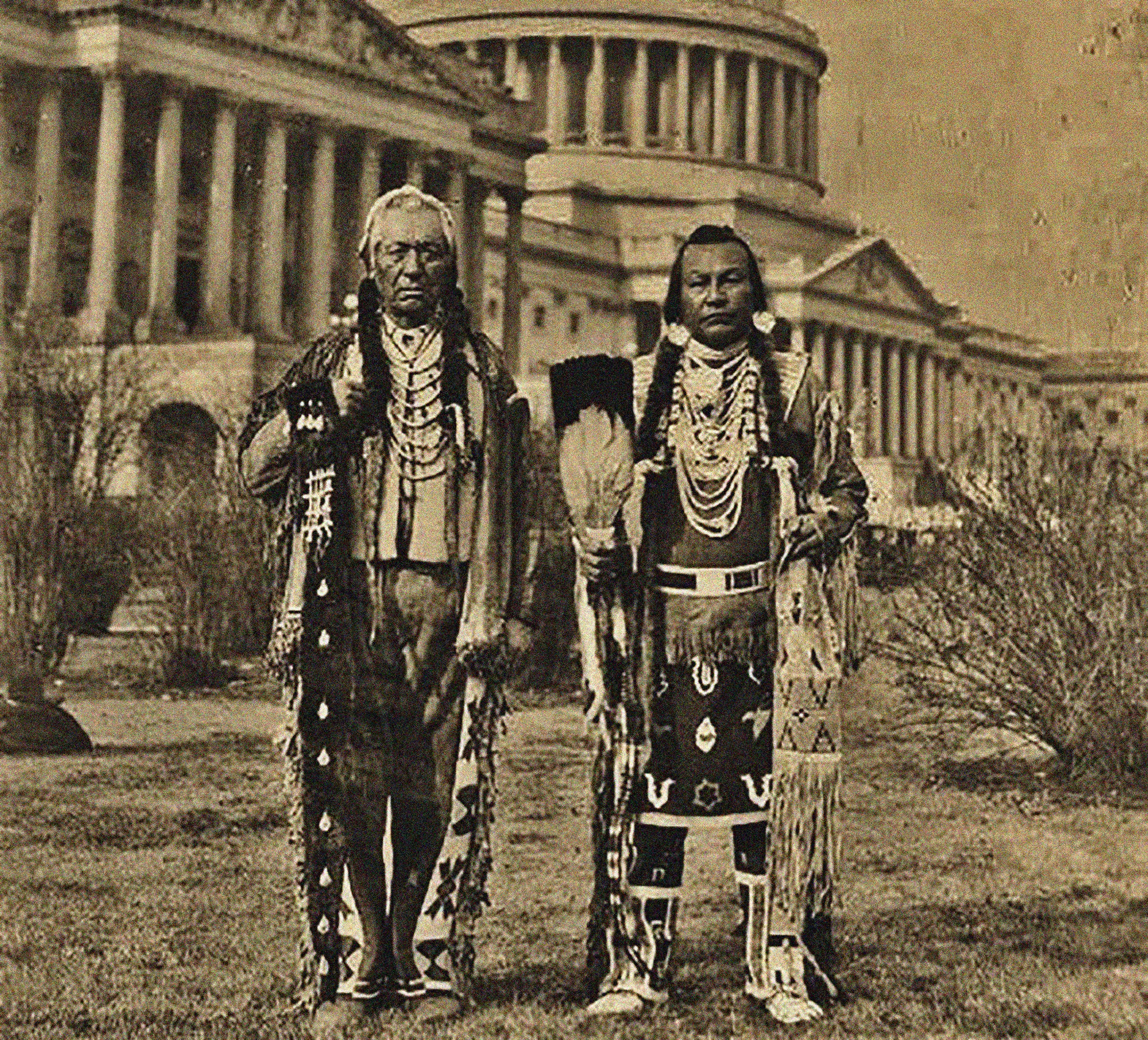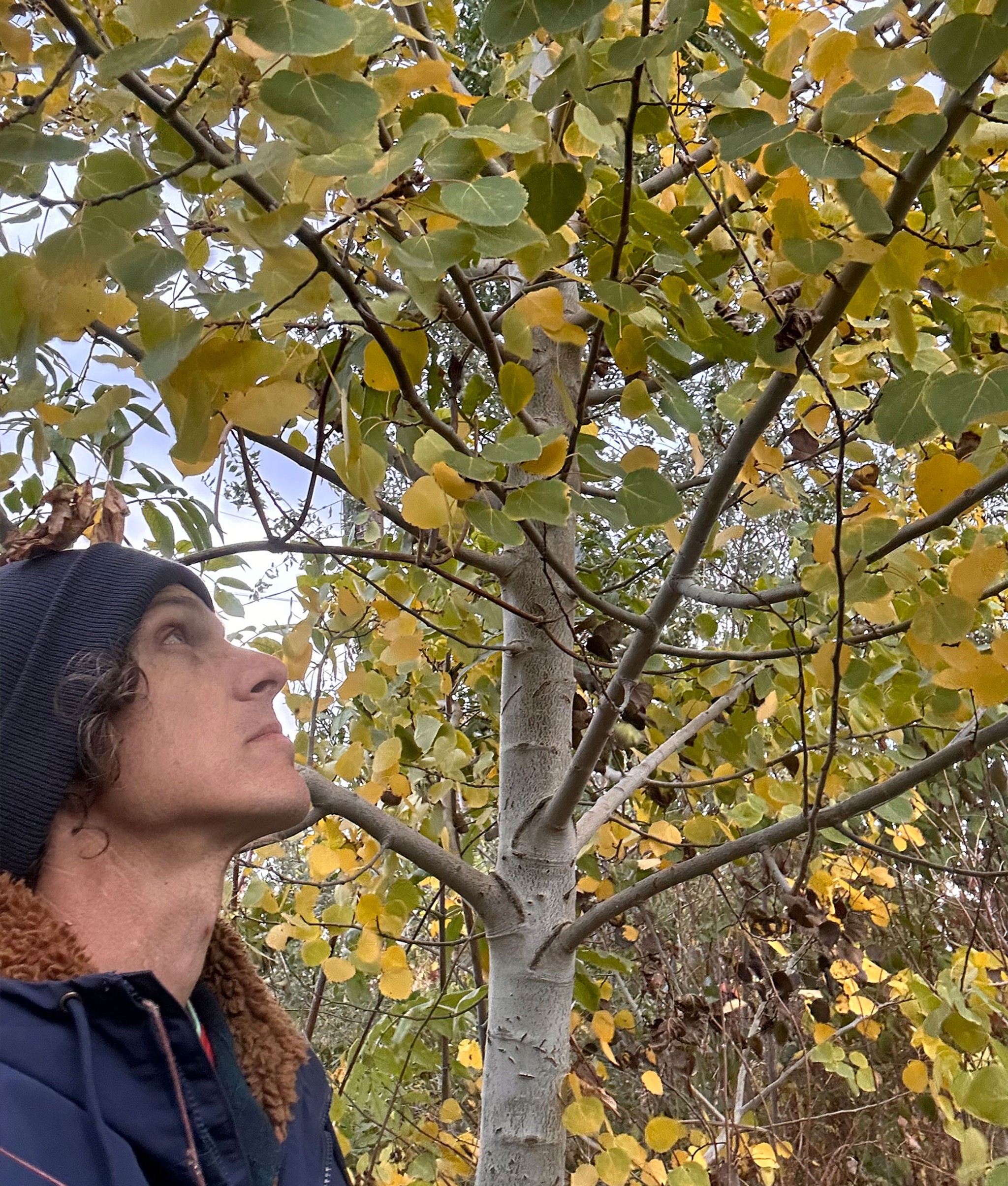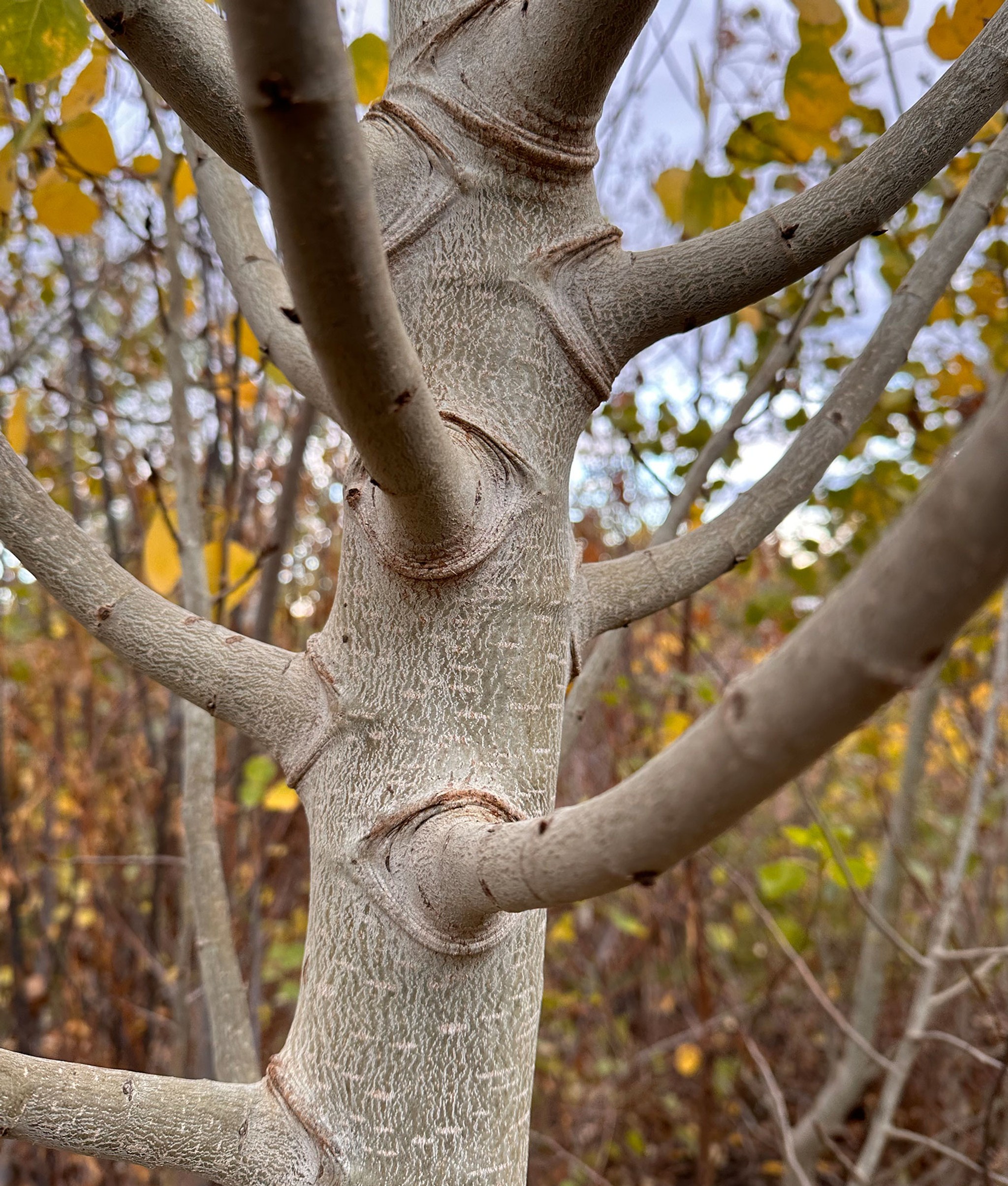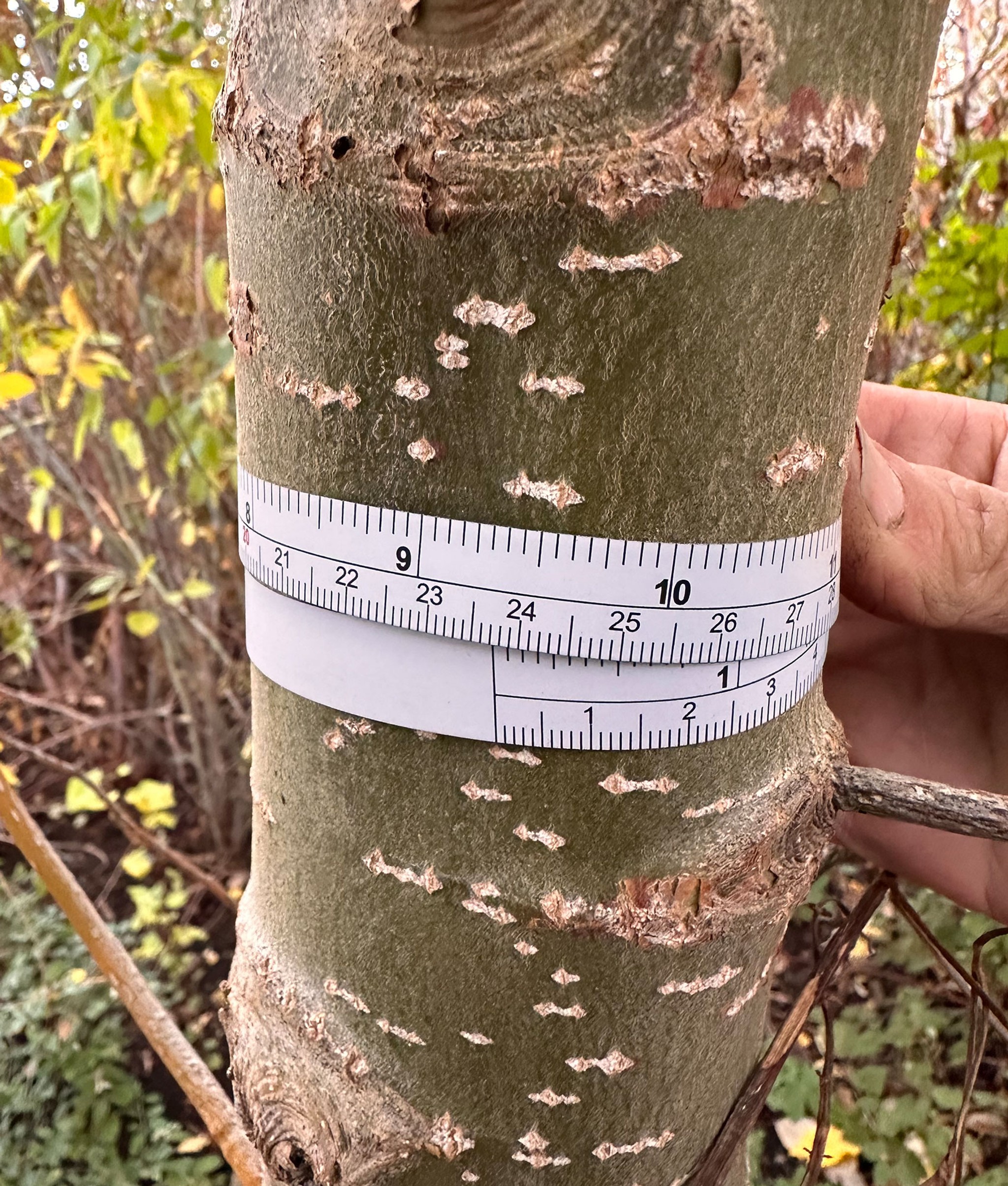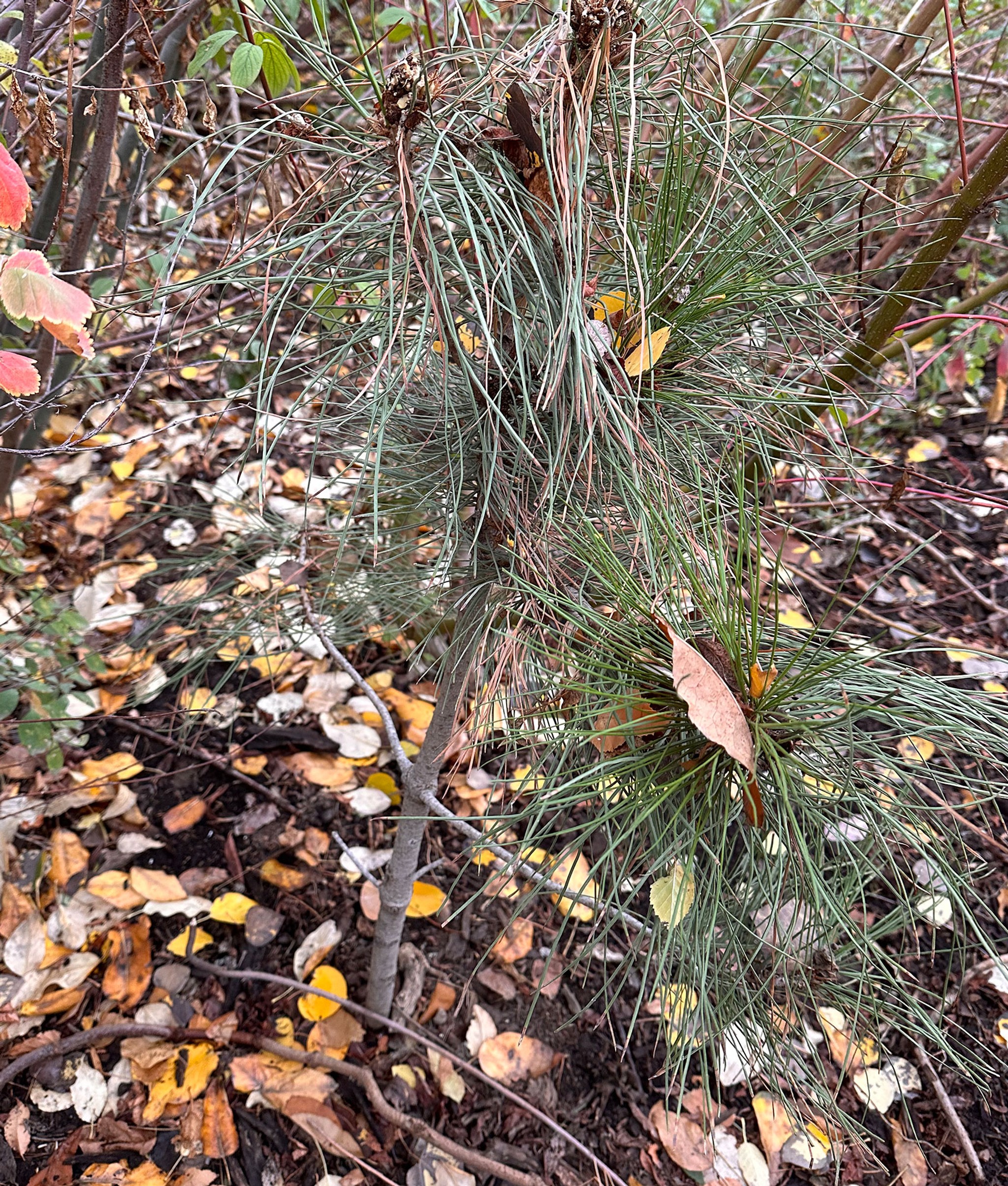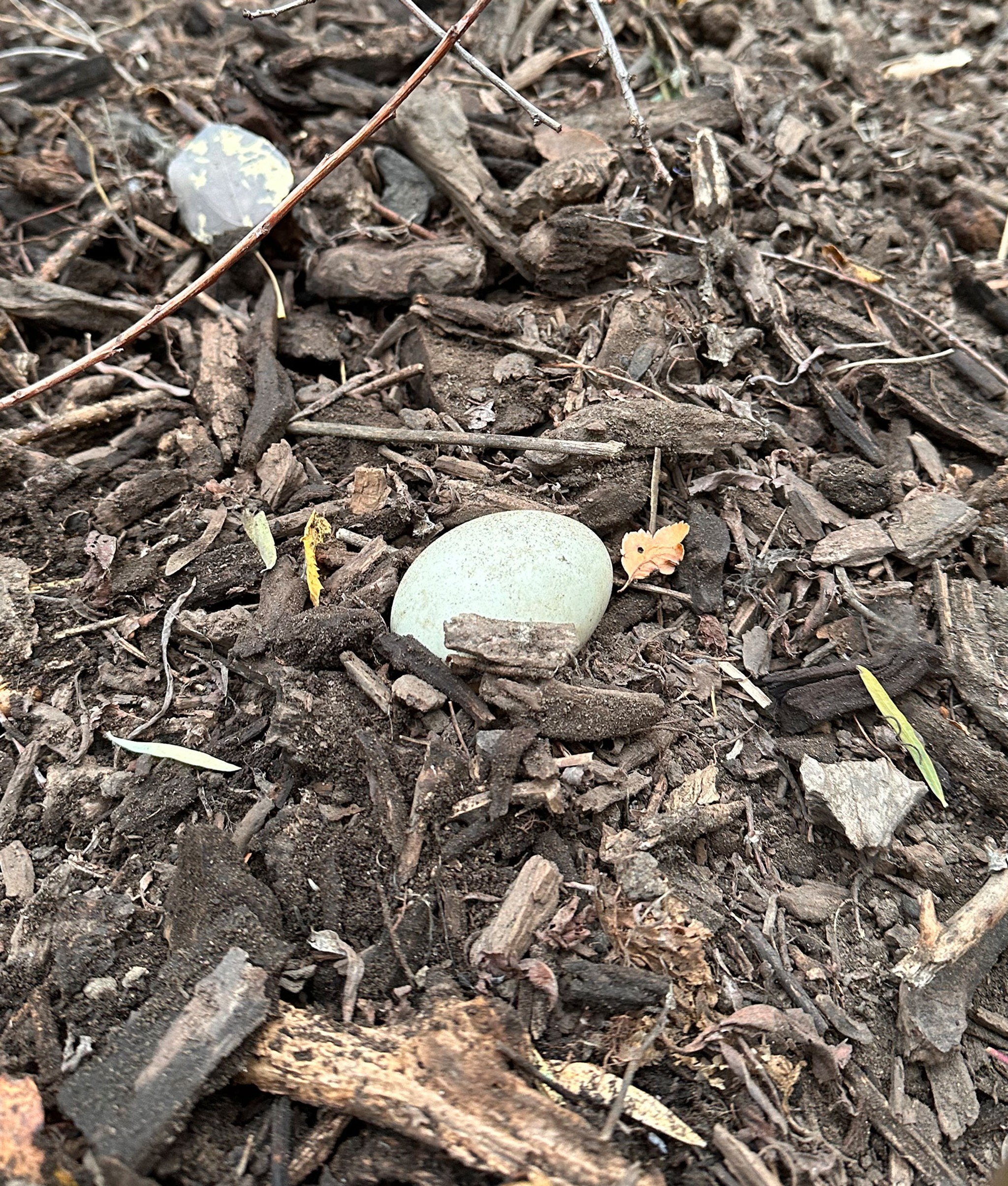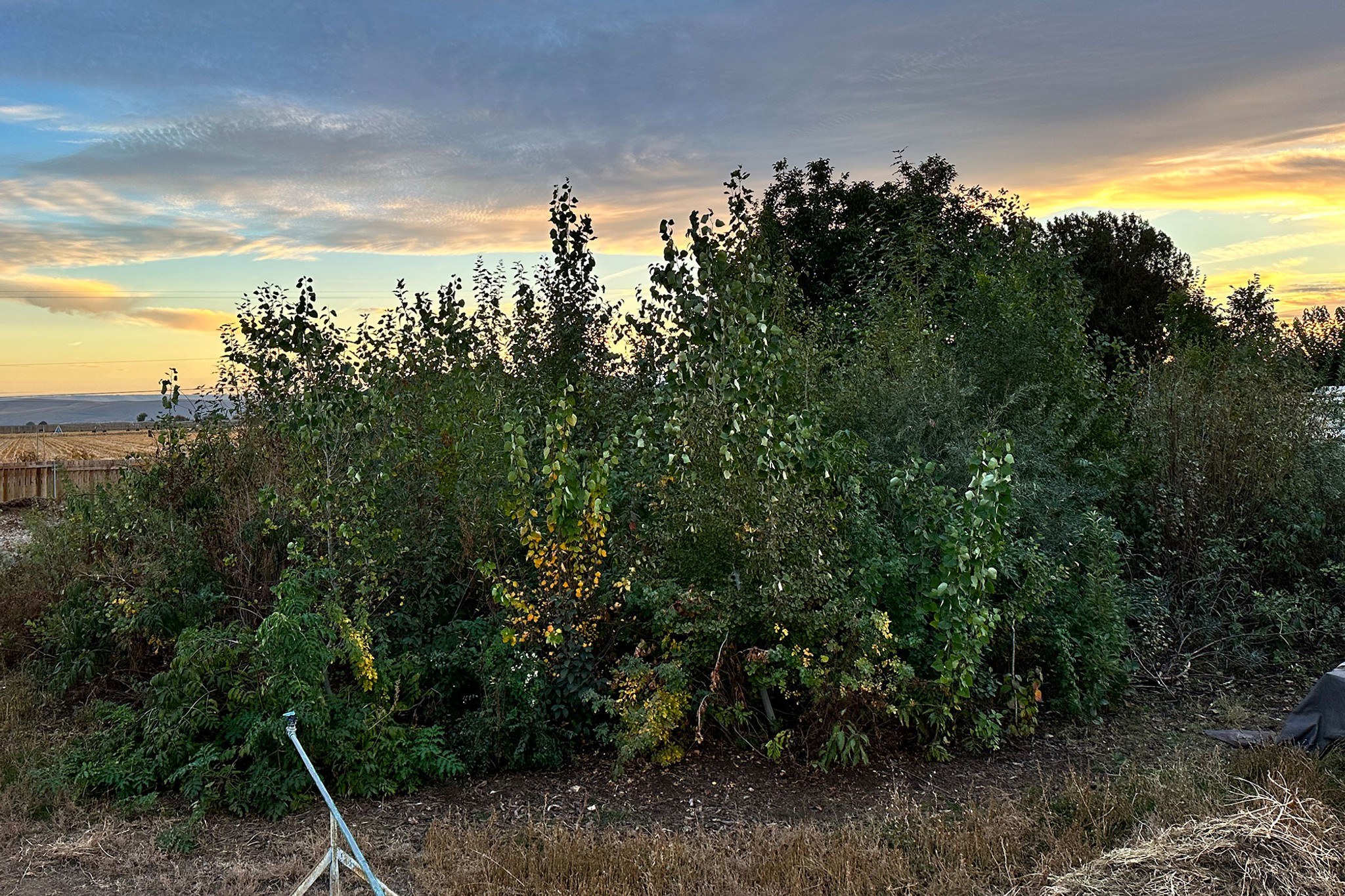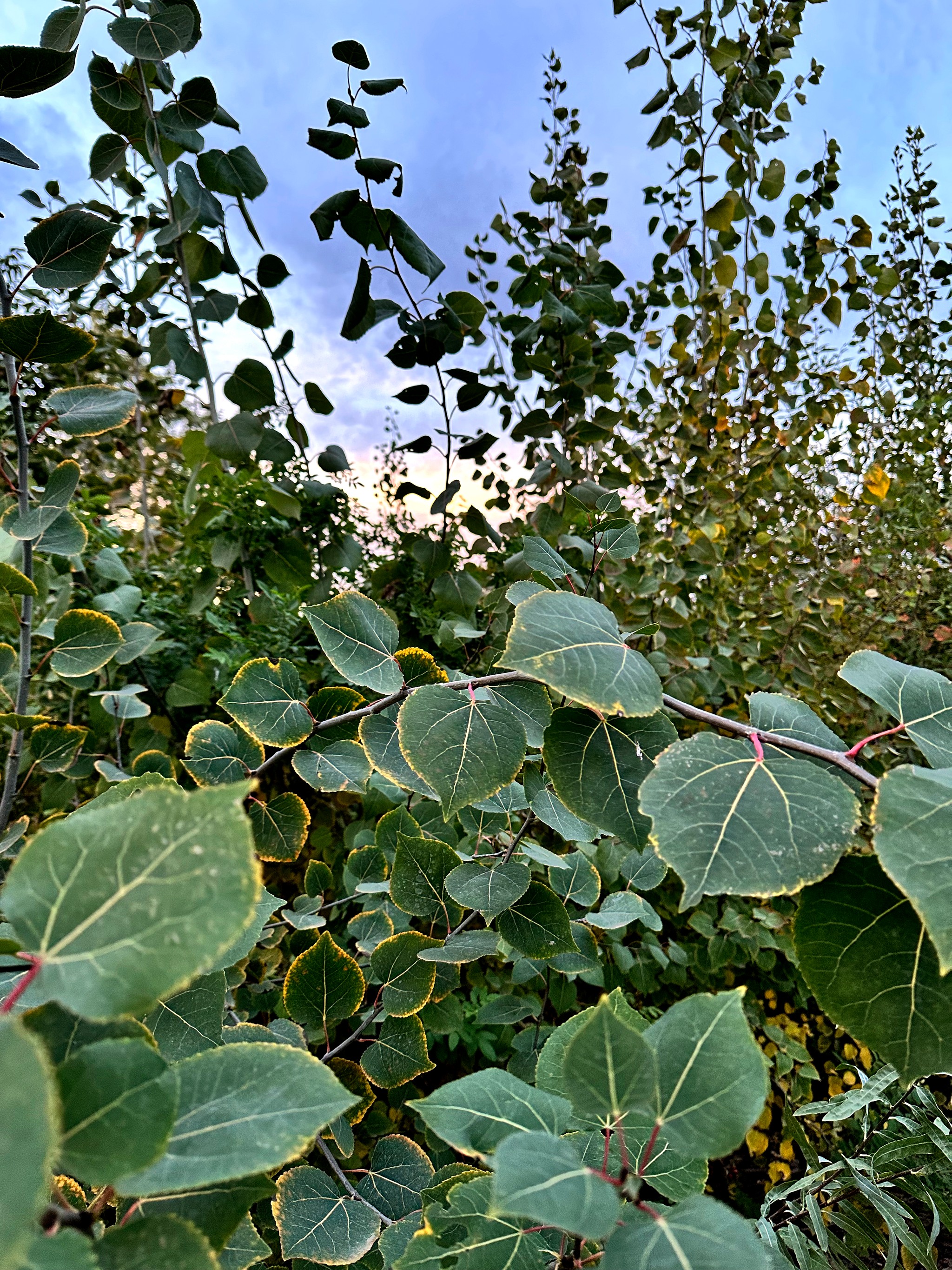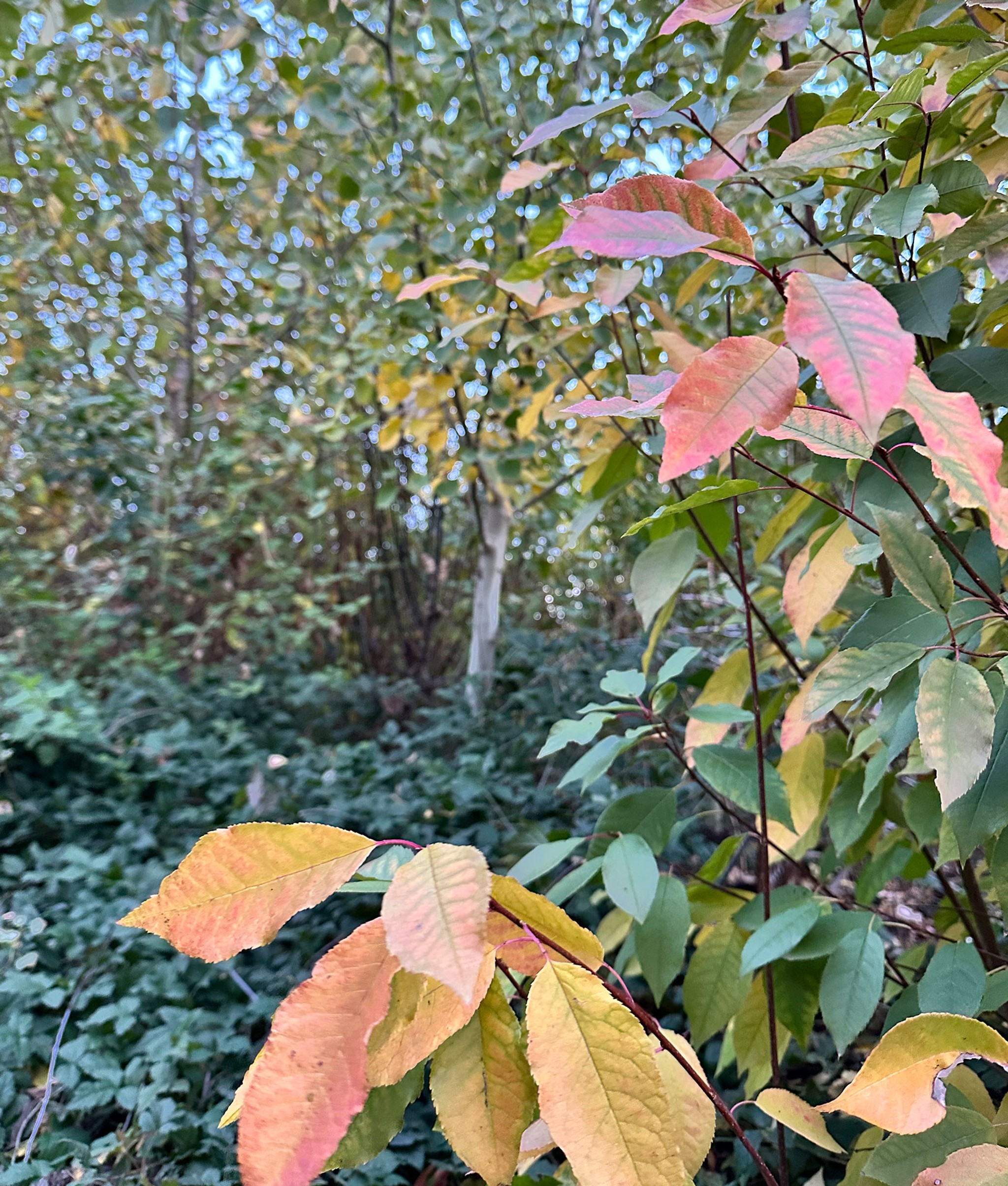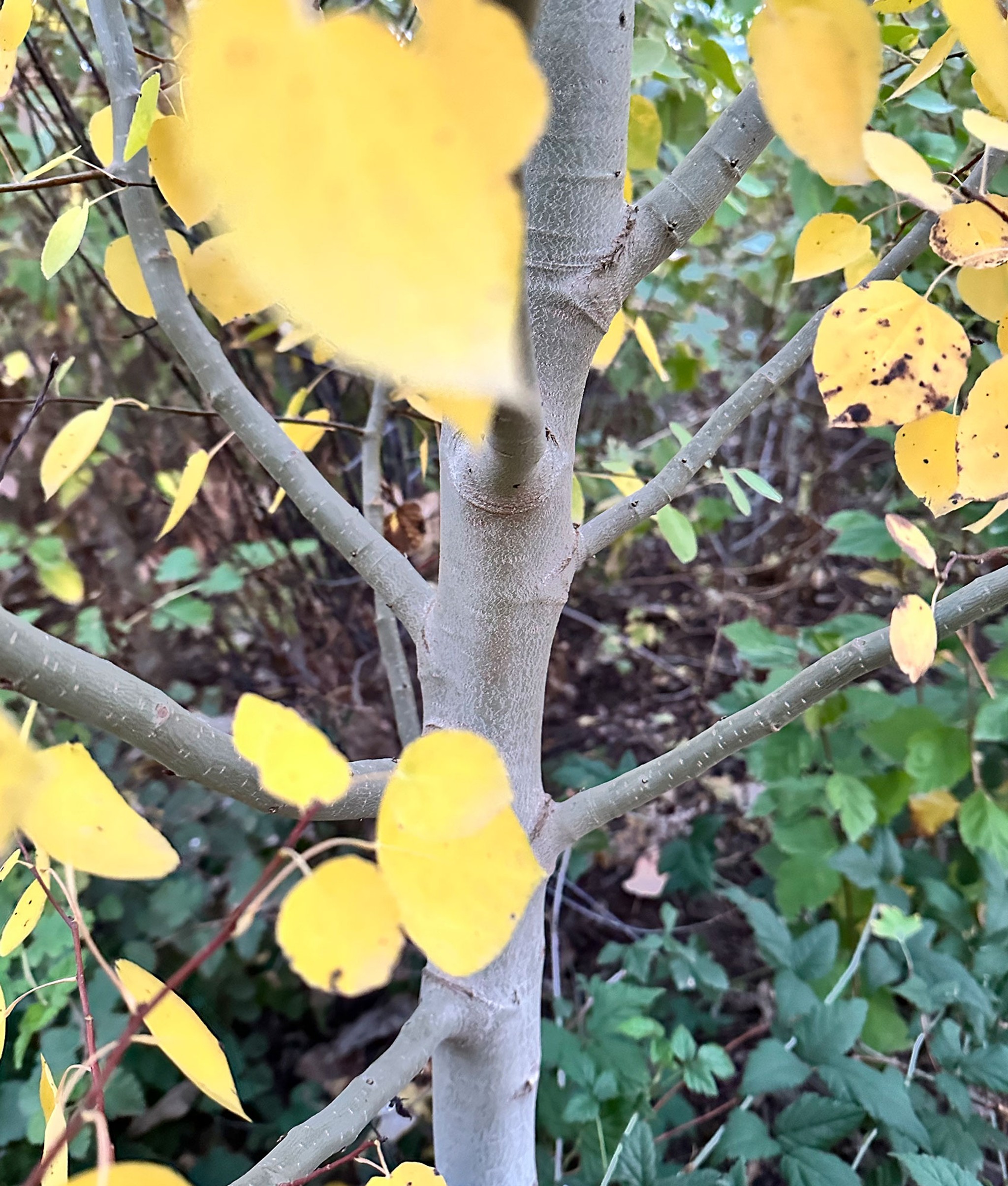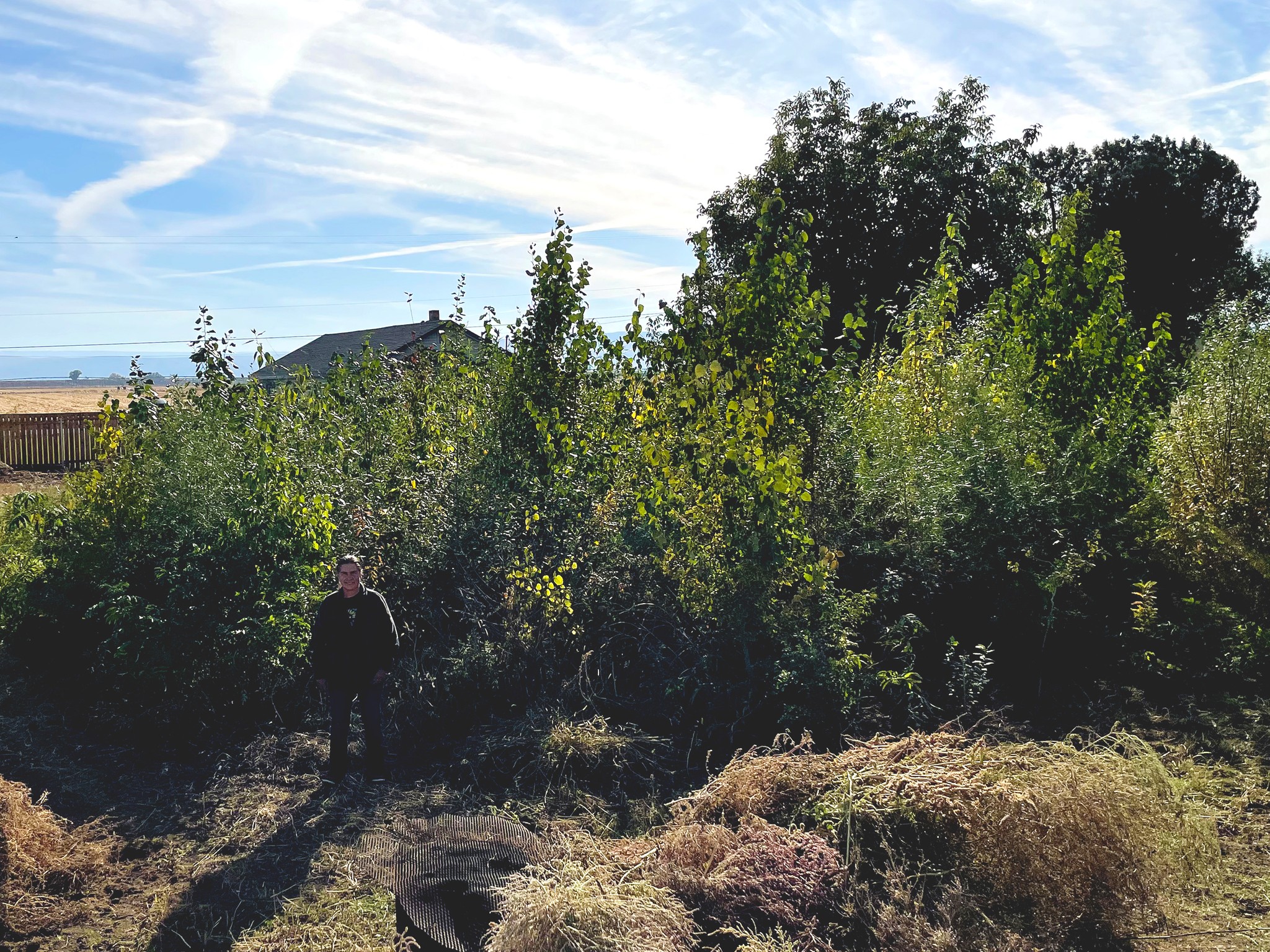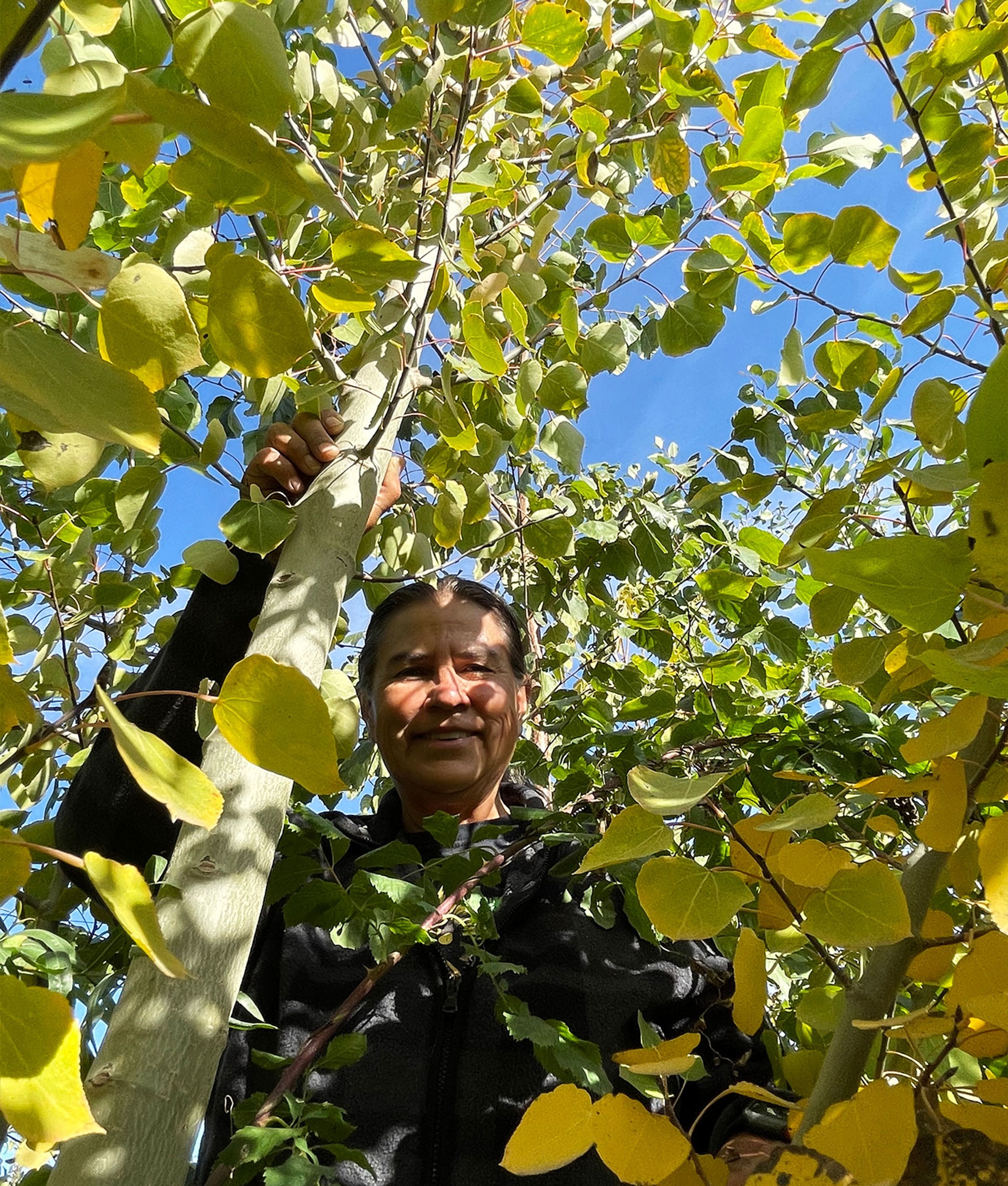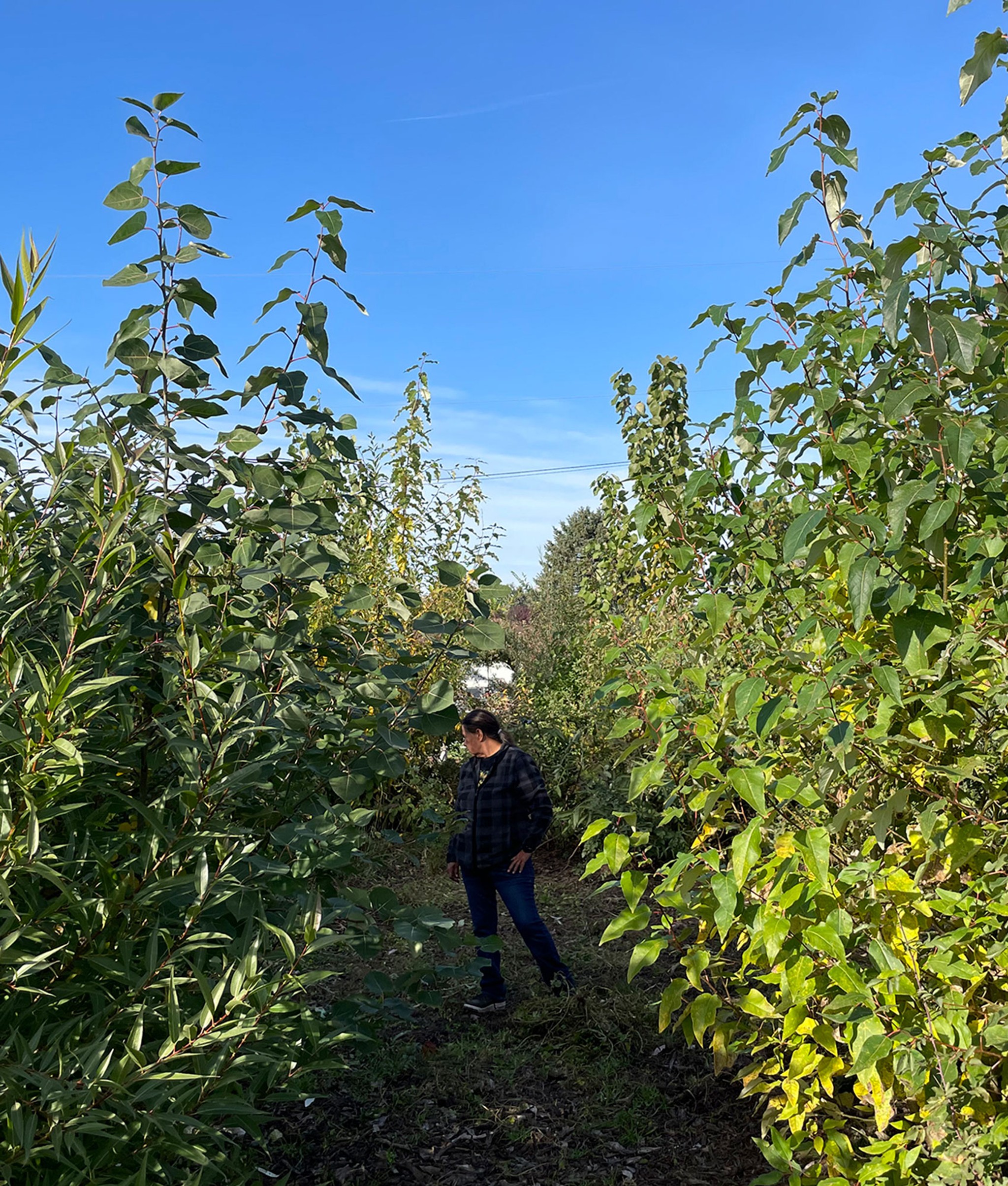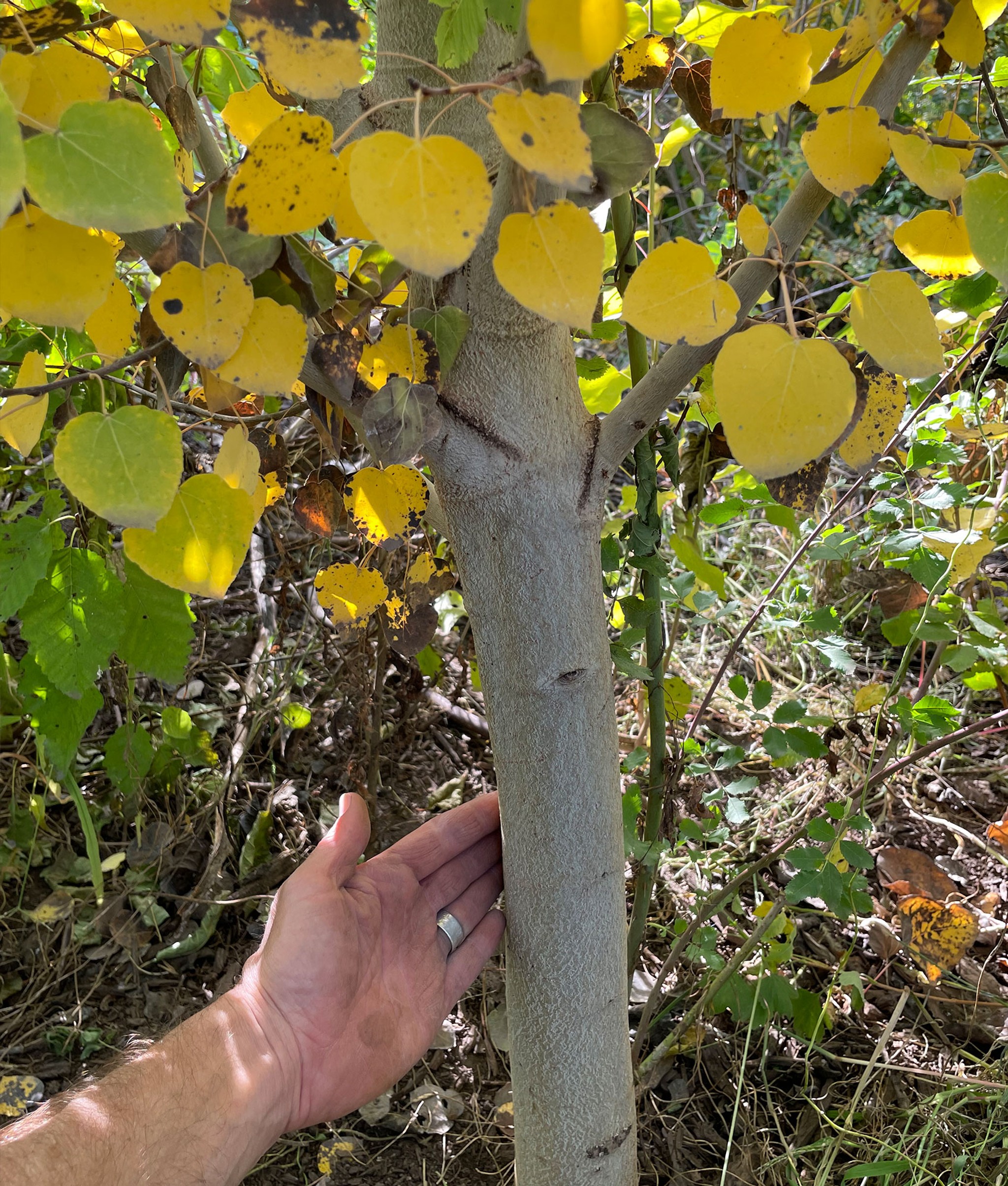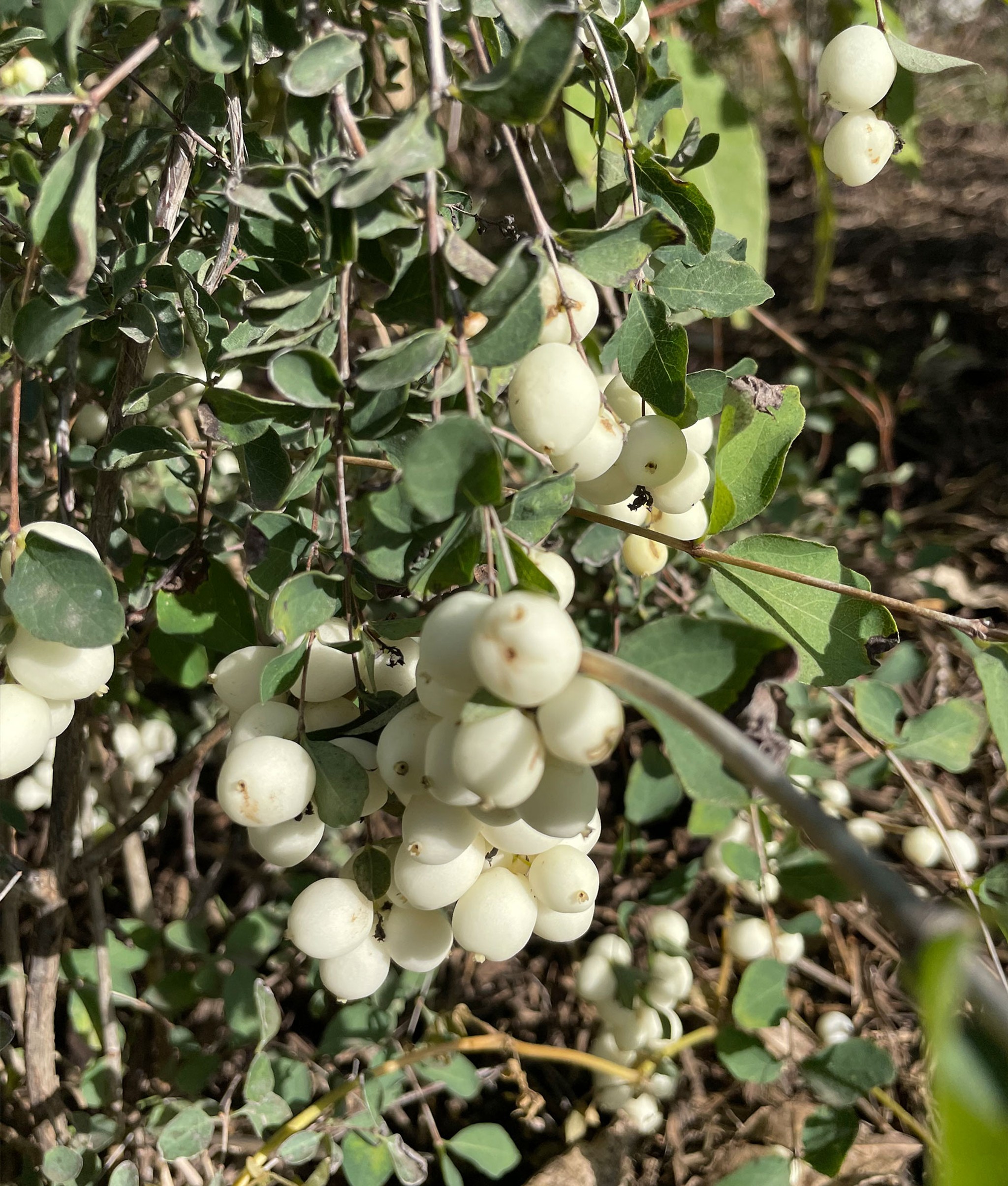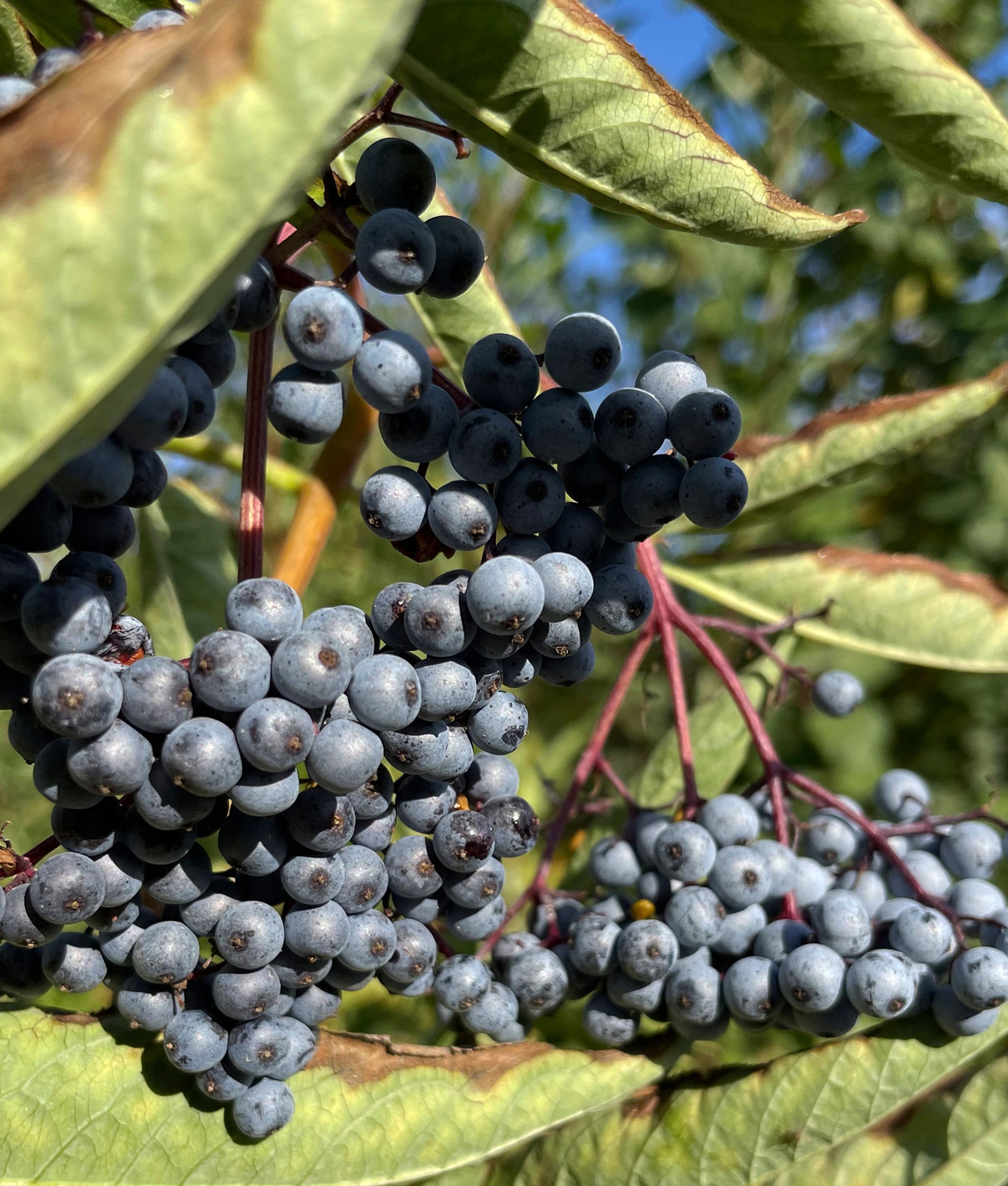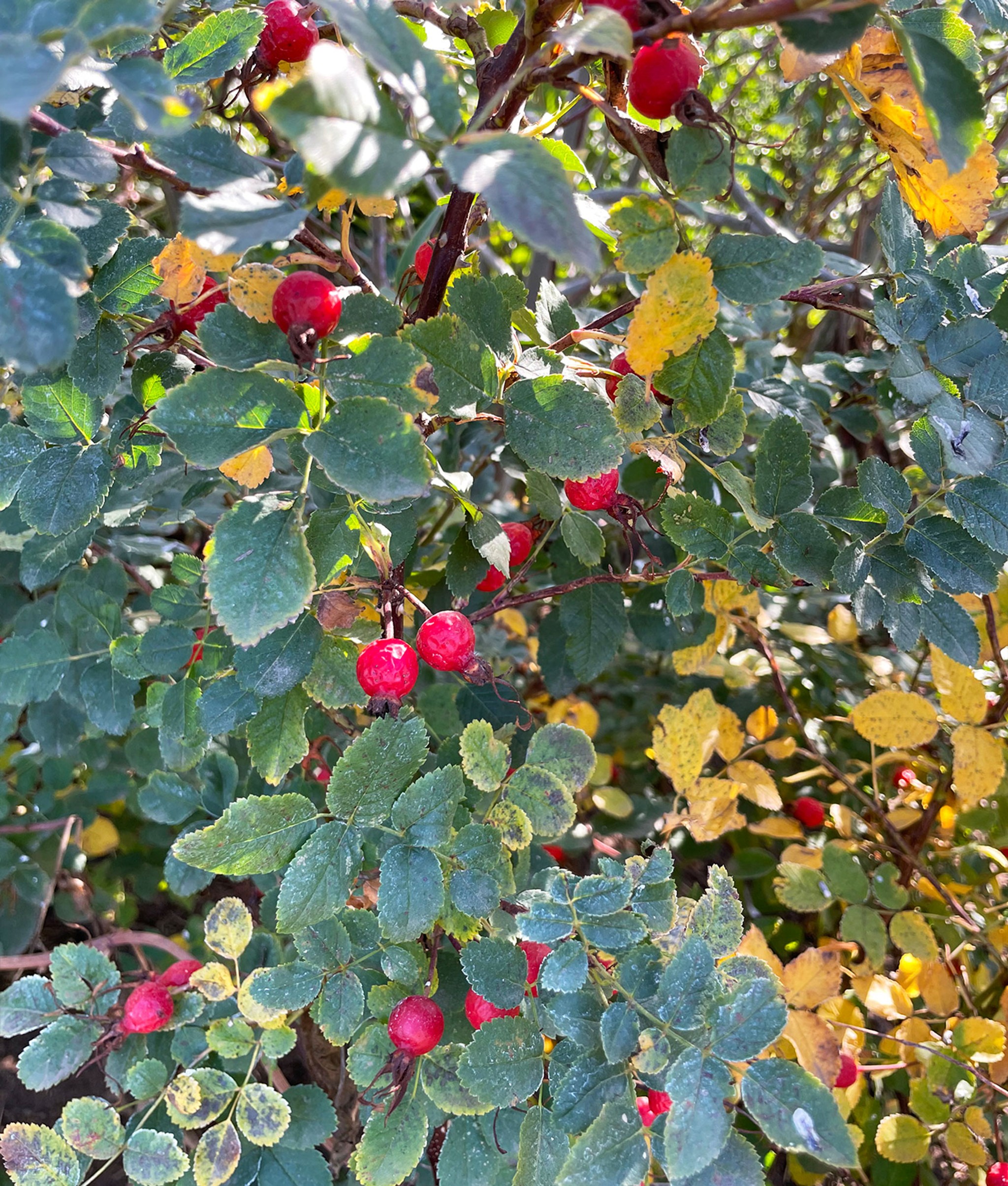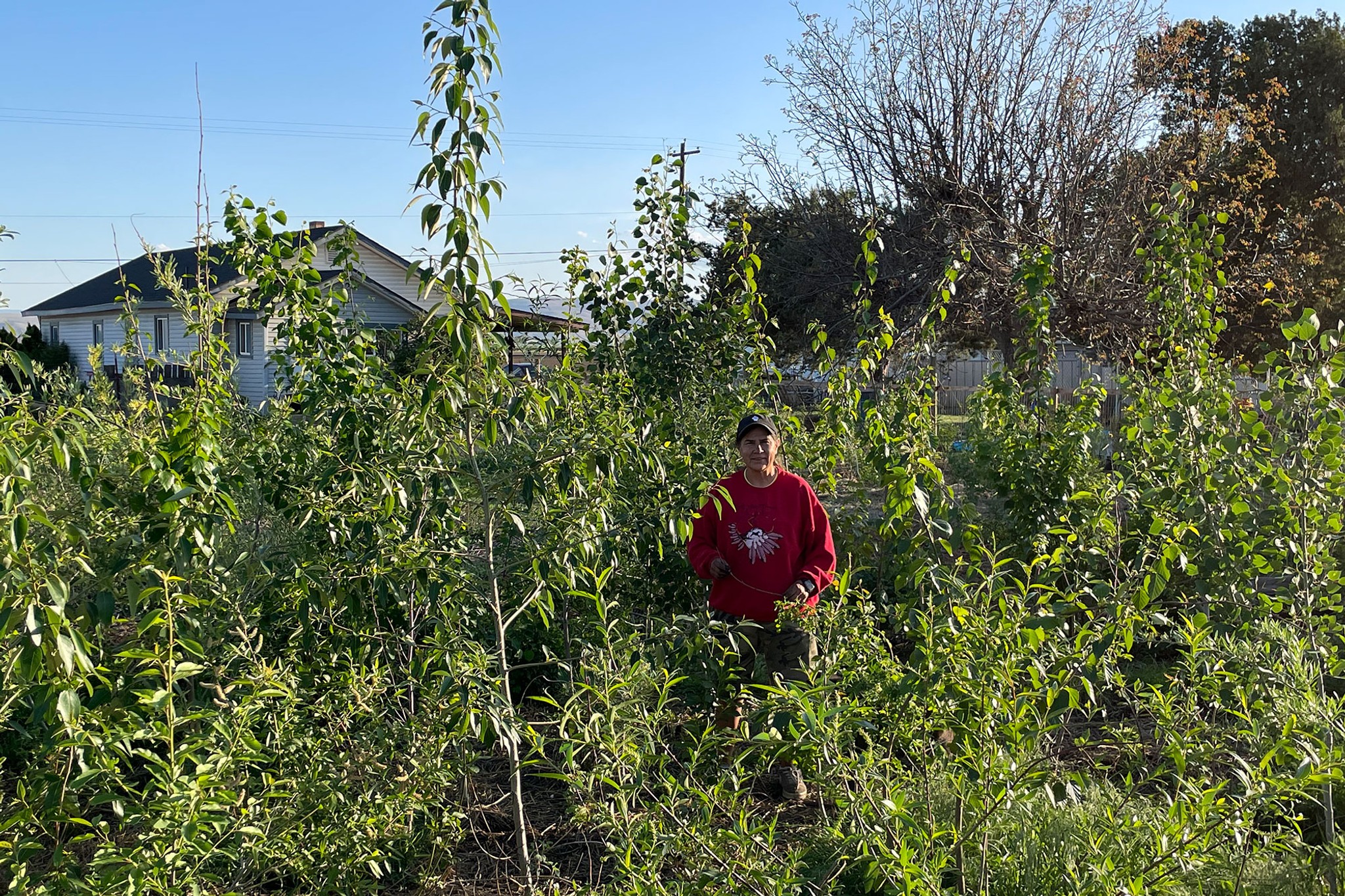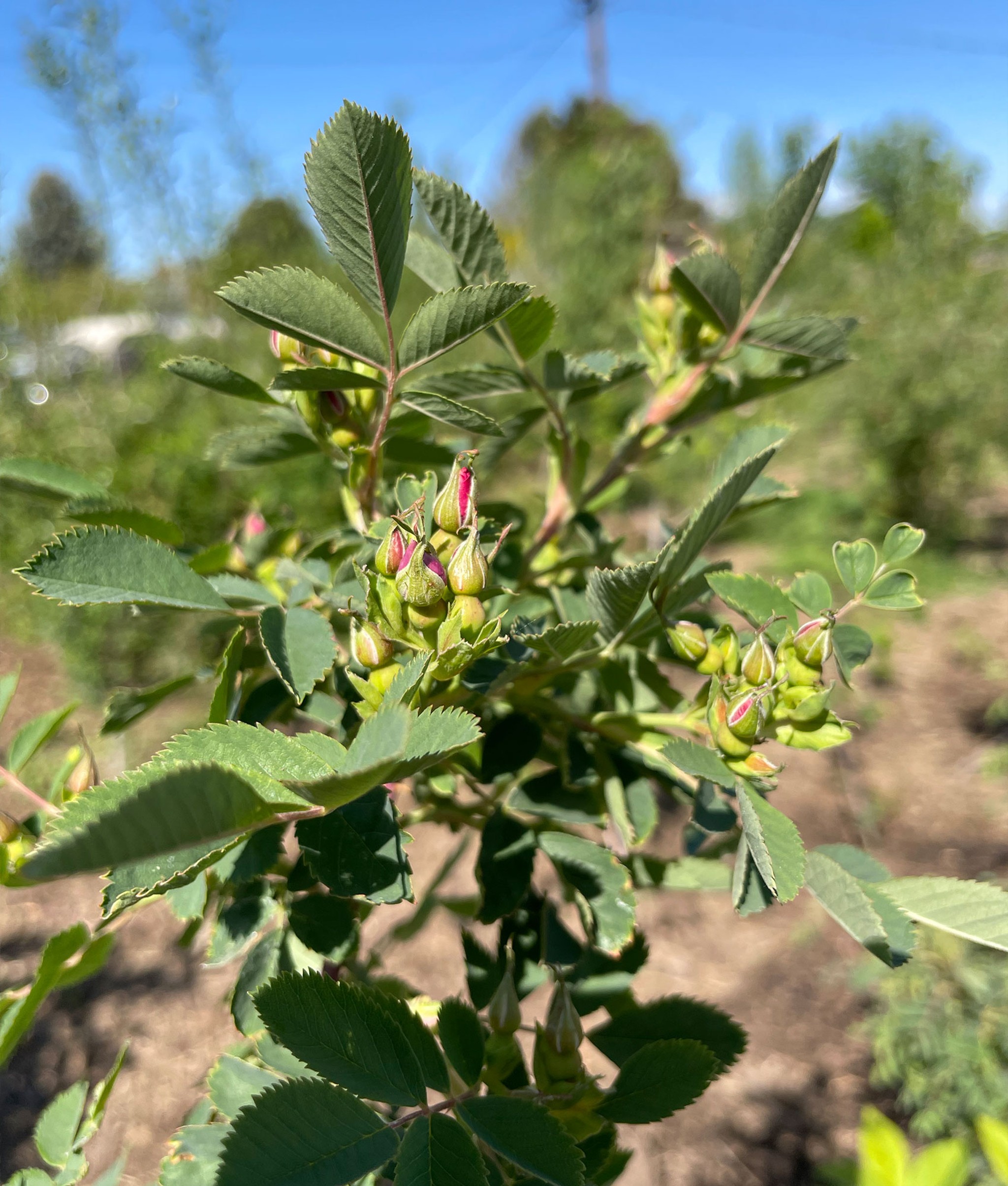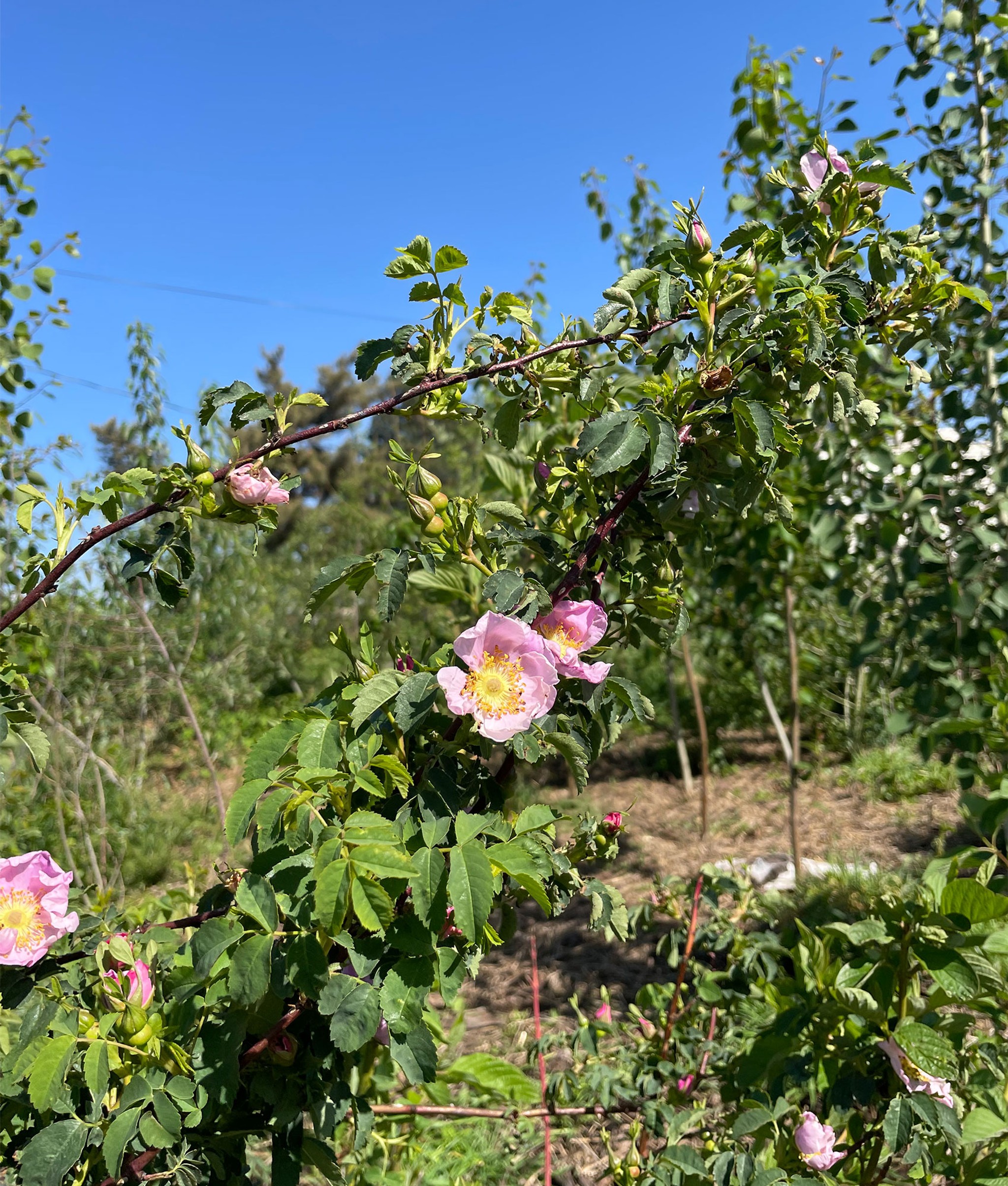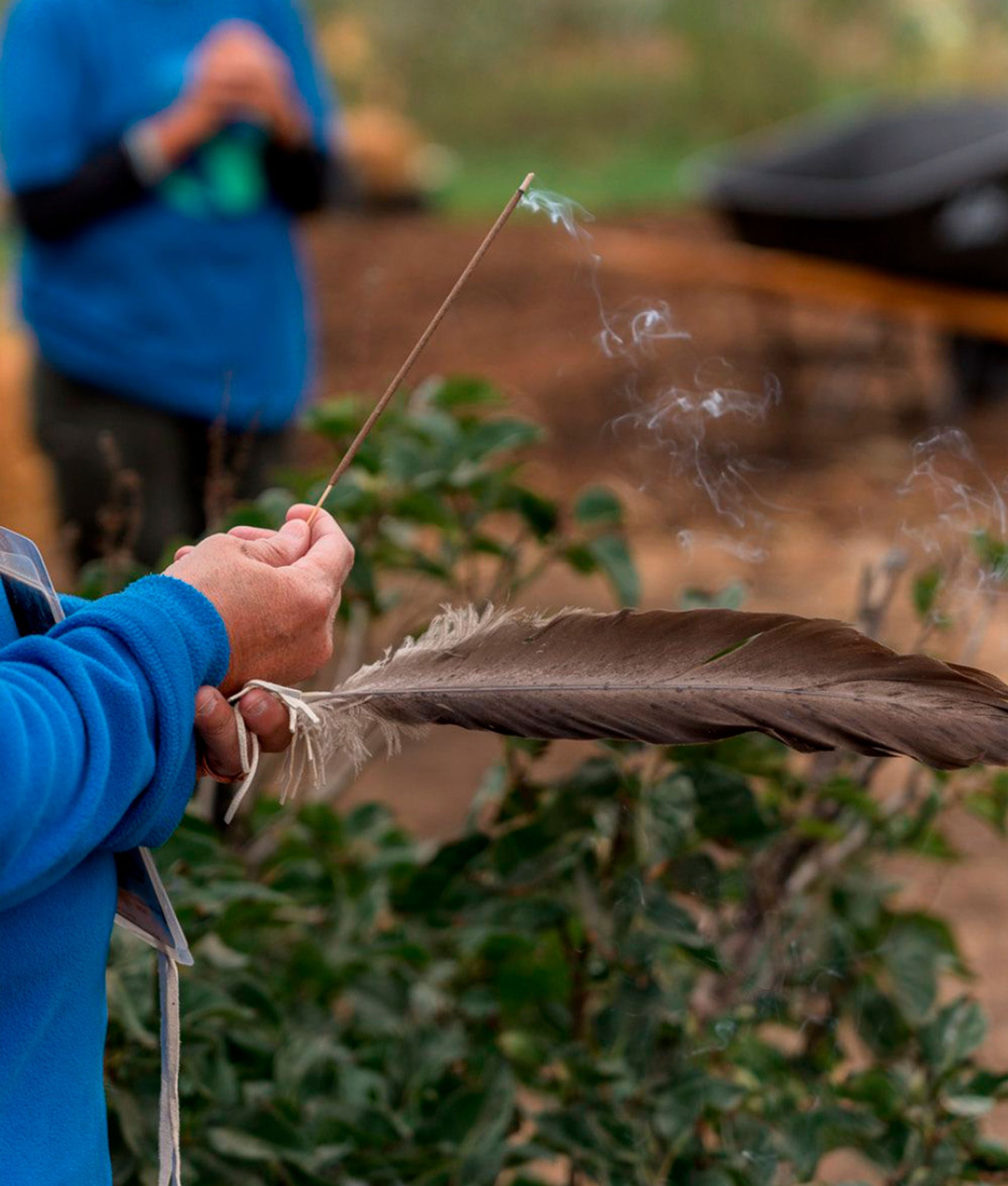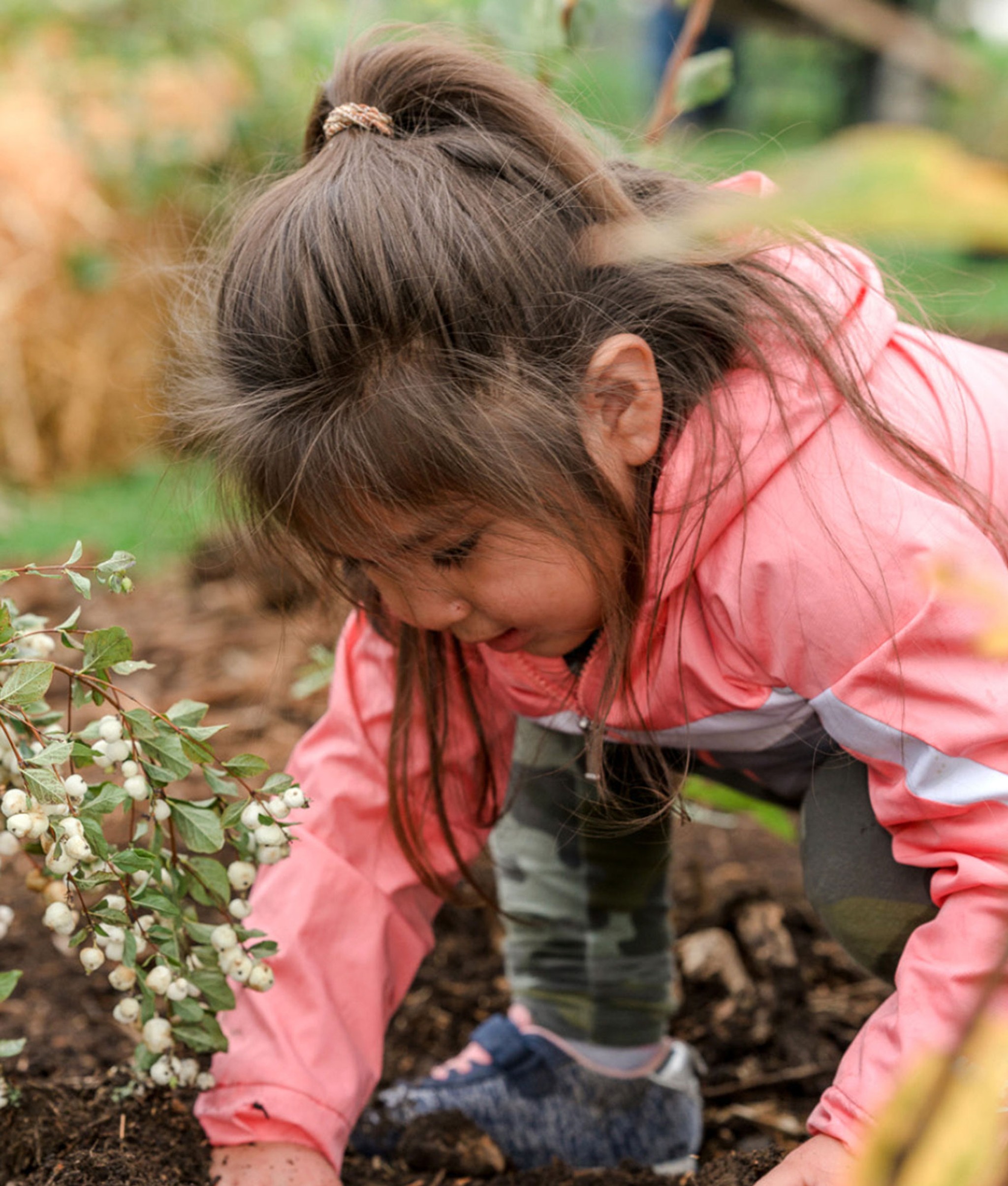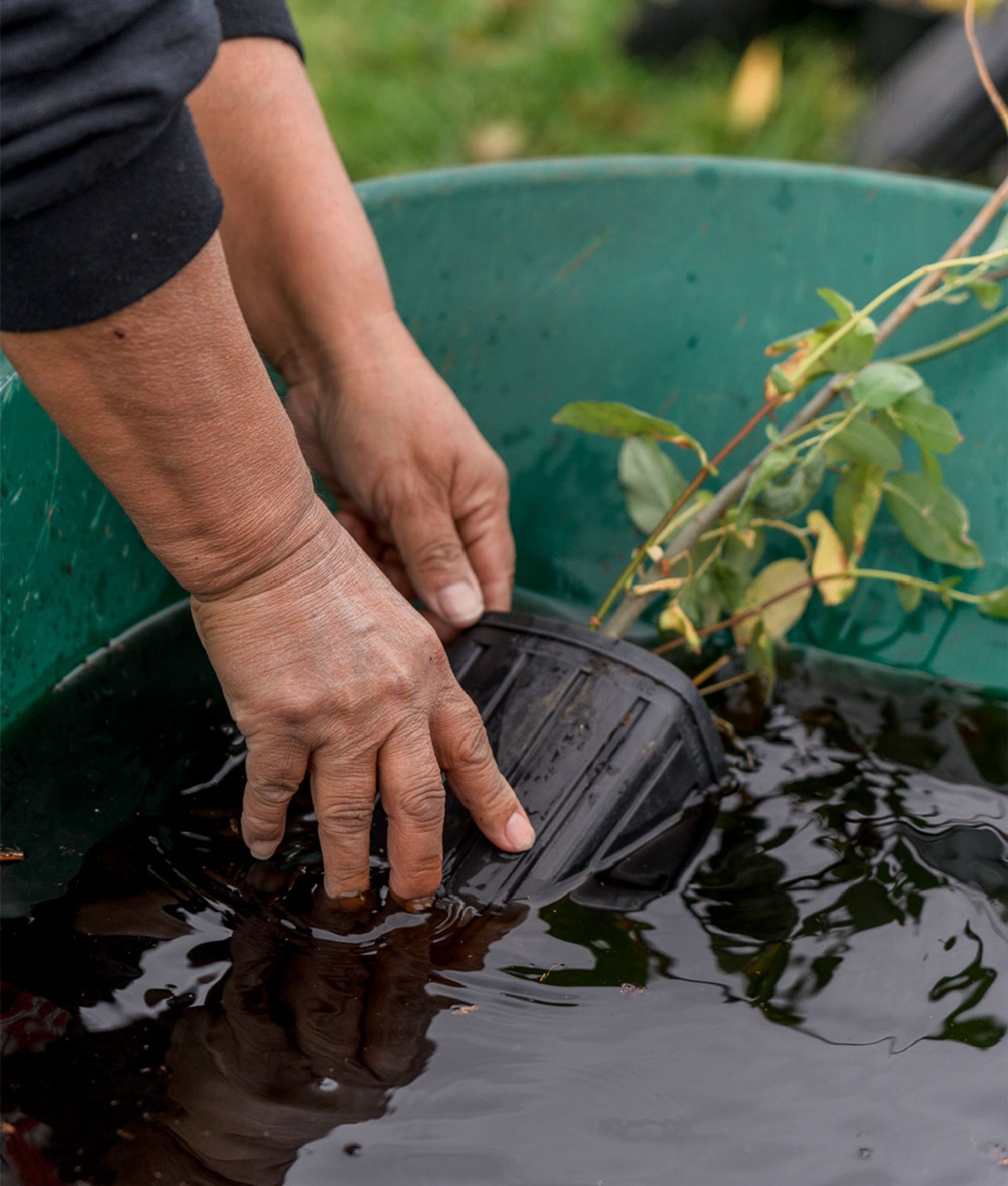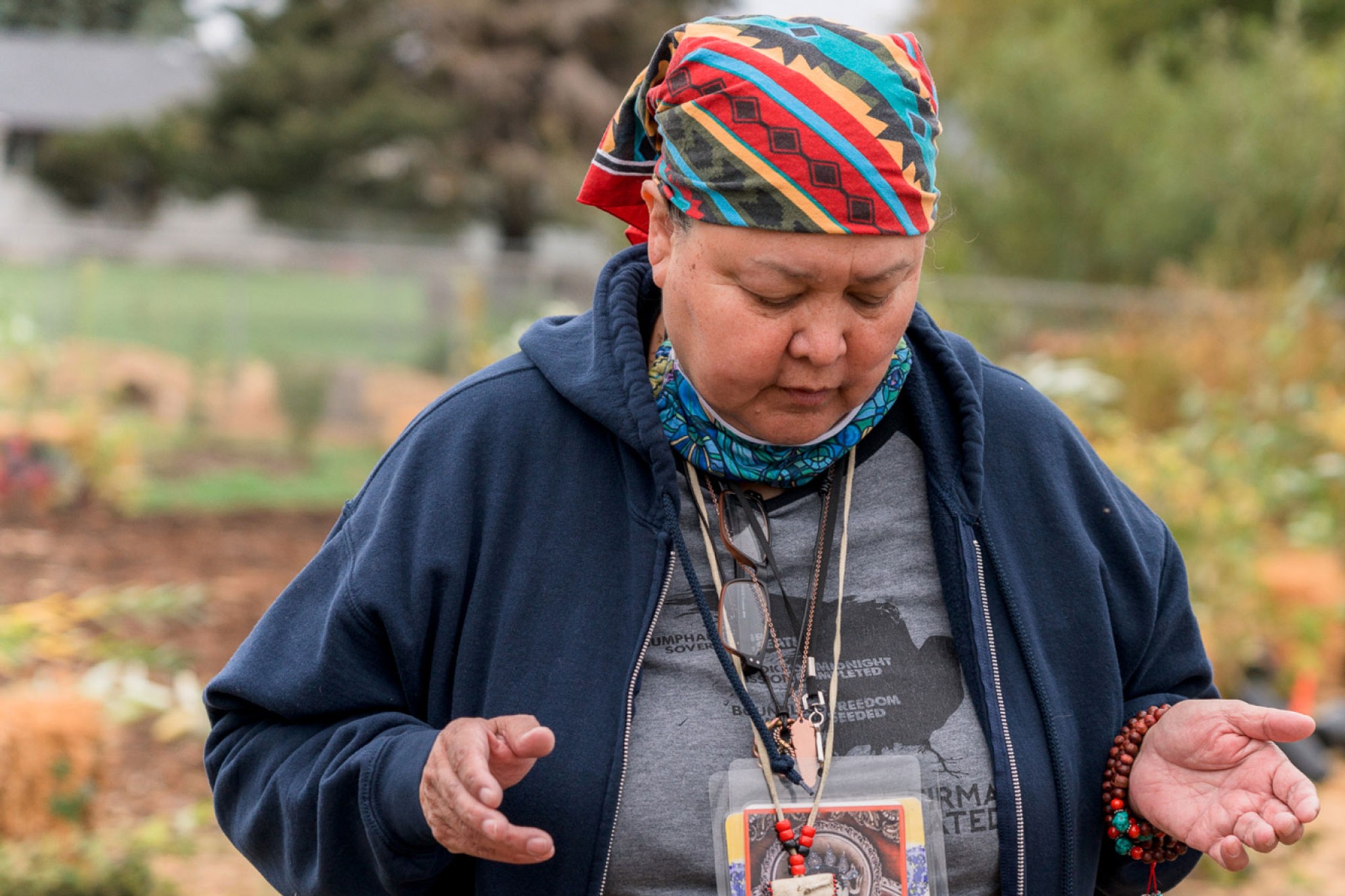TU’PAXIN
An inspirational & educational forest.
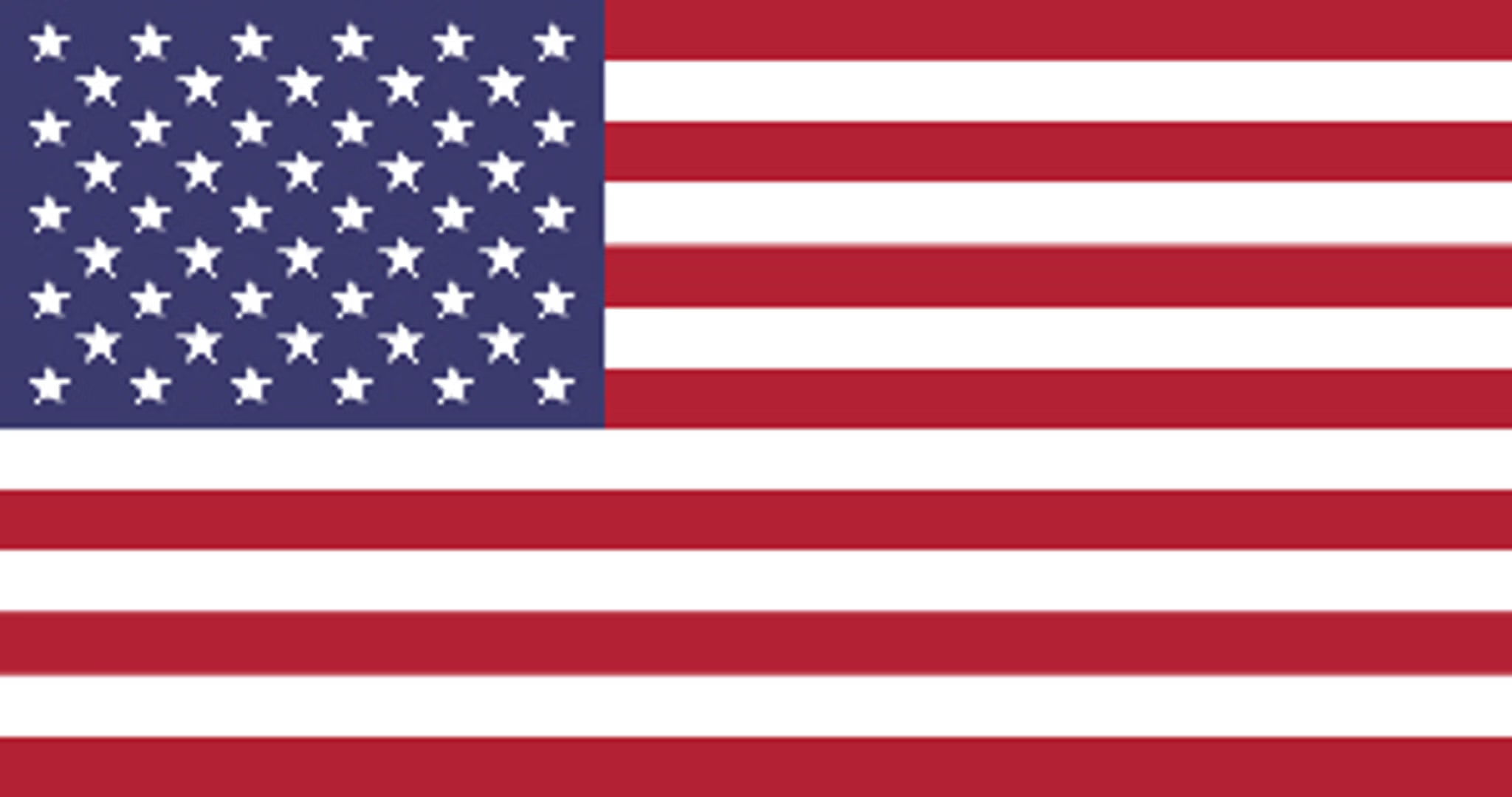
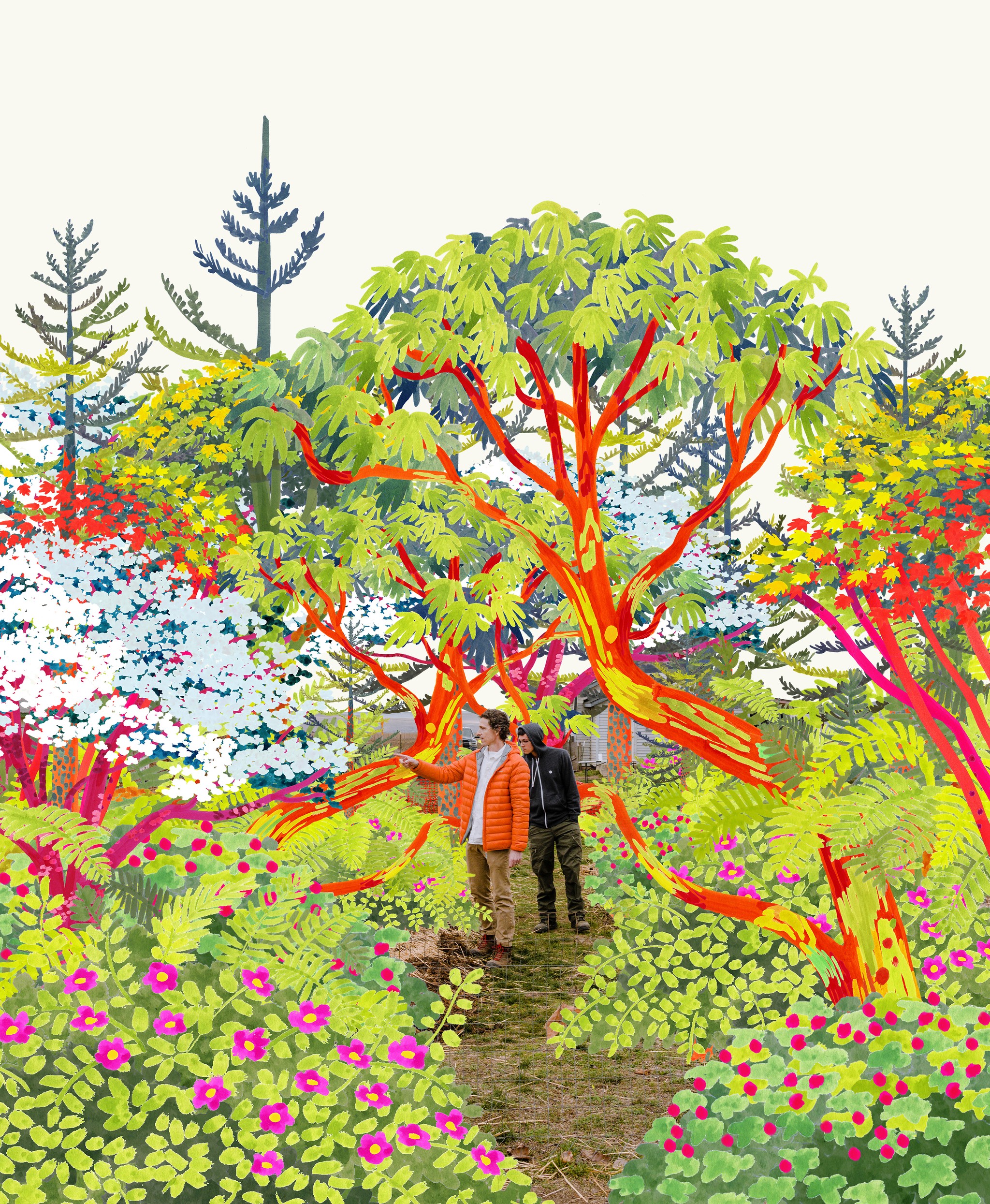
0
Trees
0
Square Feet
0
Native Species
This forest is named after Debra, a member of the Yakama Nation in central Washington State. Debra grew up going to the mountains every weekend with her family to camp, hike, fish, gather, and hunt.
Her Indian name is Tu’paxin, she is named after her great grandmother, who was a strong and protective figure for the Tribe.
Tu’paxin will be an inspirational and educational forest for the Yakama Community in the shape of a medicinal wheel.
Forest Maker
Ethan Bryson
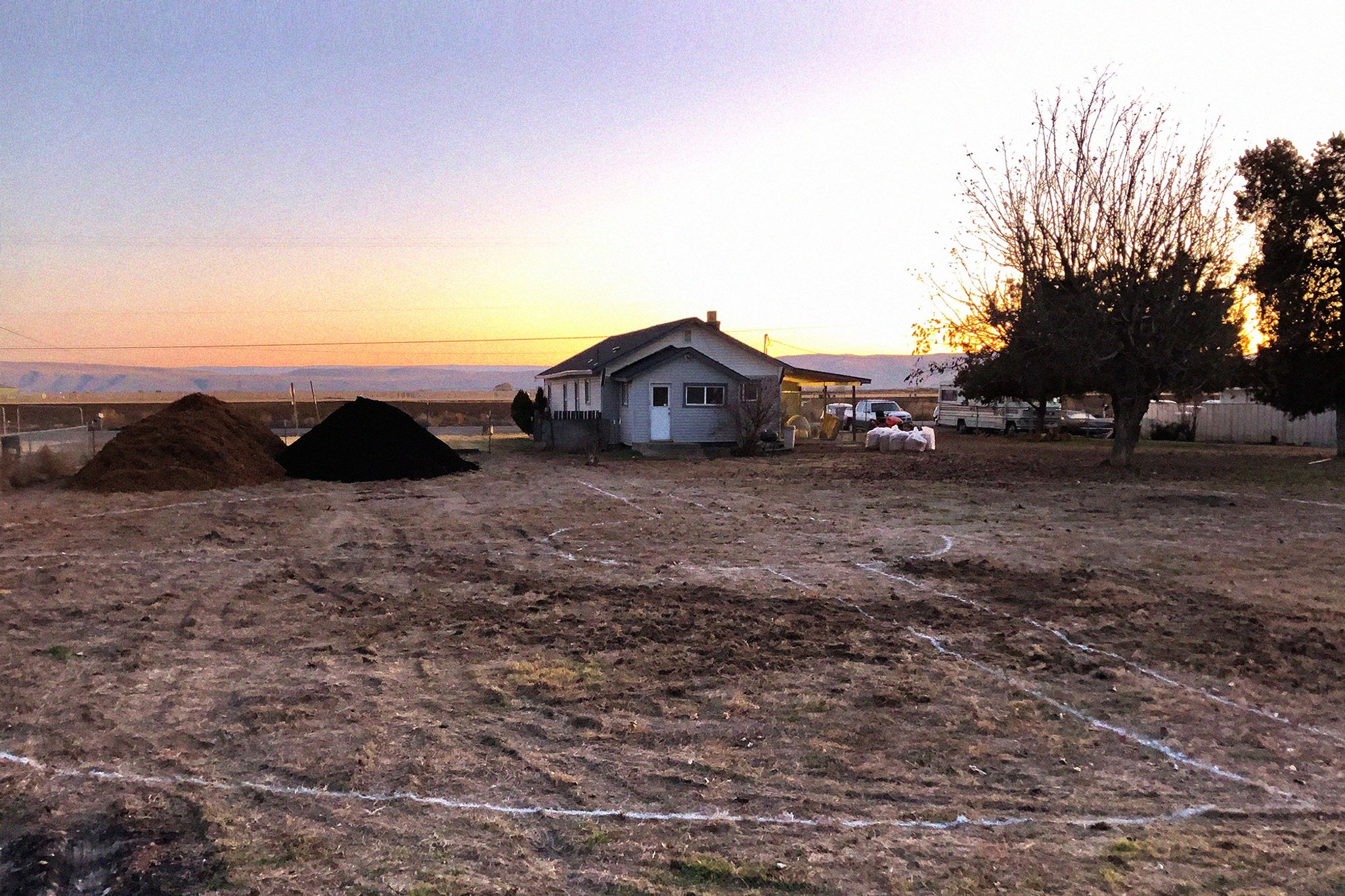
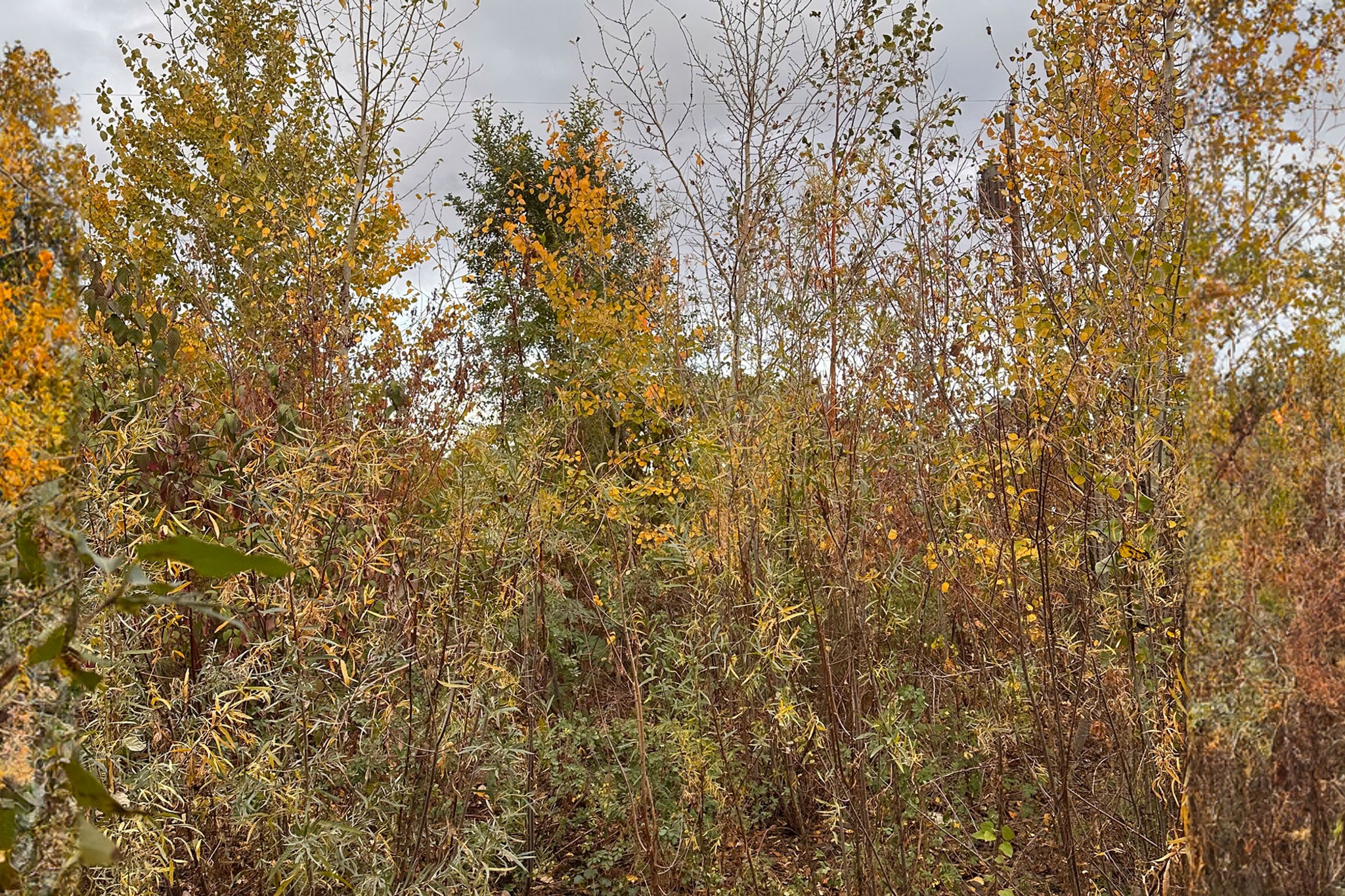
Forest Partner

Forest Report: 2023
0 Years
Forest Age
0%
Survival Rate
0m
Average of Tallest 3 Trees
This forest was designed with four pathways and a center circle. As of the time of this record only one of the pathways is still accessible as the others have grown over. Mostly willows, roses and aspen trees have filled the original pathways with one very large elderberry blocking the north pathway. Eventually, the pathways will be reintegrated with cuttings being returned to the forest to build soil structure and diversity.
This forest is home to over a dozen rescue chickens and several ducks who enjoy foraging for insects and laying their eggs through the dense forest. These birds keep a check on any insects and worms that might be more abundant without their presence, and their droppings and scratching of the forest floor are providing nutrients and mixing as they move through the forest on a daily basis. Abundant supply of elderberries, rose hips, and currants have been enjoyed and shared with local community.
Biodiversity Notes:
Forest Report: 2022
0 Years
Forest Age
0%
Survival Rate
0m
Average of Tallest 3 Trees
TU’PAXIN’s growth rate for all species has more than doubled. Black cottonwood (Populus trichocarpa), aspen (Populus tremuloides) and most willow species (including Salix exigua, Salix prolixa, Salix amygdaloides and Salix scouleriana) grew at exceptional pace this year. The tallest trees are black cottonwood, now at over 12m. Tree girth doubled for most cottonwood, aspen and willow too.
Watering was reduced to once per week during summer months and weeding has also become unnecessary on the forest interior. Many of the shrubs such as wild rose (Rosa nutkana) have taken over the pathways and there are plans to harvest these to create live stake cuttings to propagate new plants.
Food and medicine production has increased, especially with the wild roses.
Domestic chickens and ducks now inhabit this pocket forest keeping the pest levels low and integrating their manure into the forest soil structure. Though, with too many domesticated animals we will need to keep up with adding fungal foods to maintain a healthy soil balance.
Biodiversity Notes:
“Creating a forest is not done alone. We’re grateful to the Yakama community.“
Forest Report: 2021
0 Years
Forest Age
0%
Survival Rate
0m
Tallest Tree
Average tree height is 370cm with 640cm denoting growth of one of the Aspen trees (Populus sp.). Average girth of trees is 6cm, with a recorded maximum girth of 16cm.
Survival rate is strong and an indication of success is the reduced need to weed in year 2. The canopy layer is dominating and soil biology is becoming a more fungal dominated system. As a result weeds are growing less successfully.
Another positive indicator is the merging of different sections of the forest and the observed migration of tree species. Wild Rose (Rosa nutkana) and Scouler Willow (Salix scouleriana) have been observed trying to migrate into the central circular area of the forest with shoots appearing.
There is an example of a Wild Rose directly next to an Aspen tree despite being initially planted 18 inches apart. There is a real symbiosis developing between species within the forest. We look forward to this Pocket Forest growing beyond its original site and species continue to migrate in years to come.
Biodiversity Notes:
“I have had great luck in the Tu’paxin Forest with elderberries, currants, rose bushes, pine trees for medicine.I saw quite a few colors in my forest this year, with the rose hips, berries, and of course the greenery.I call my forest a medicine forest and I will have some gatherers and possibly a medicine person come and view what I have and may be overlooking. I also have a lot of birds coming to my home and one hawk decided my forest was a good place for his final resting.”
— Debra Byrd, AKA Tu’paxin
Forest Report: 2020
0 Months
Forest Age
Planting: December 2019

Yakama Nation
The Yakama Nation is located in the central part of Washington State. The Nation is approximately 1.2 million acres. Of the 573 Federally recognized Tribes in the United States, they are one of the only Tribes to have the majority of the Nation closed off to the public.
The forested area is located within the Cascade mountain range.
